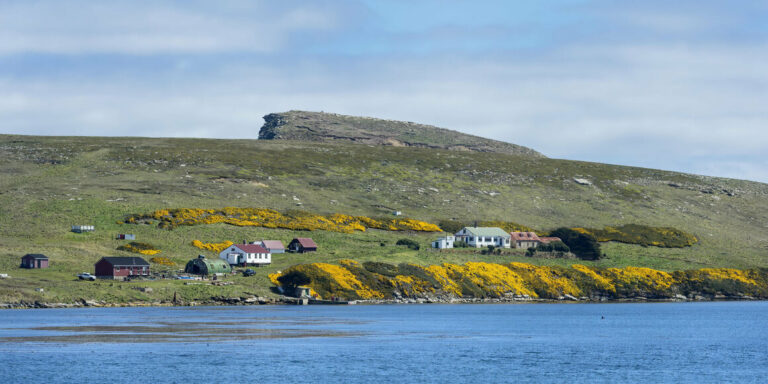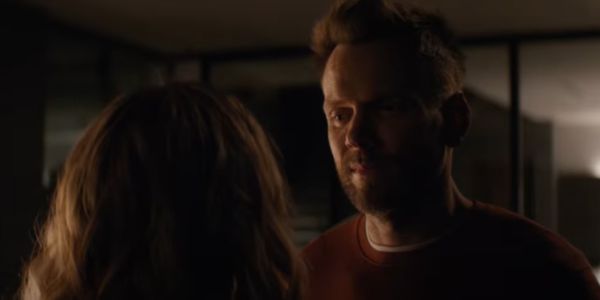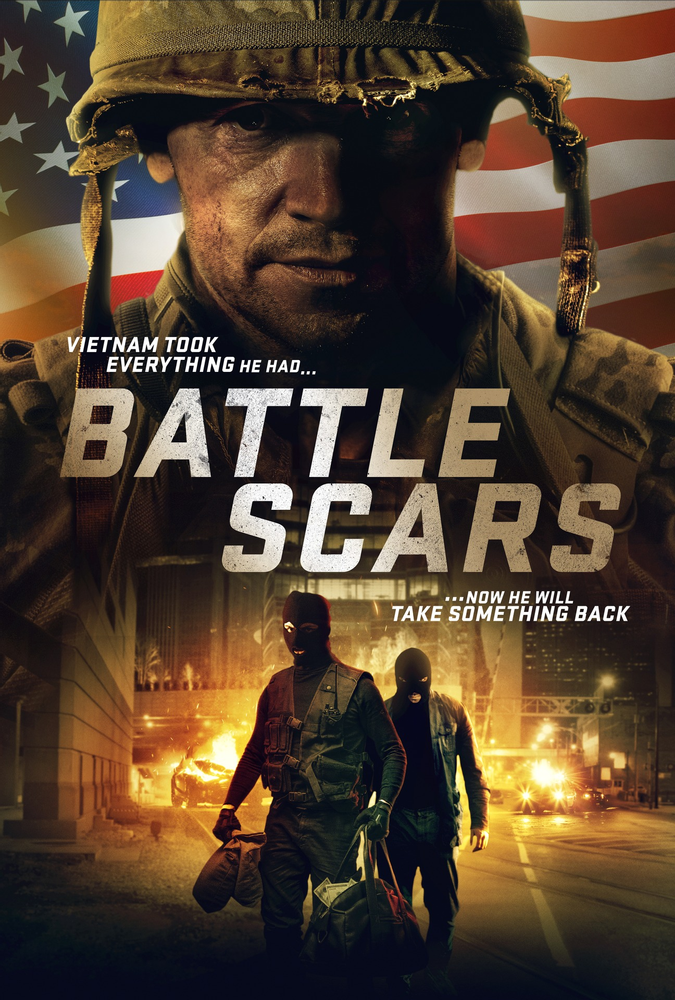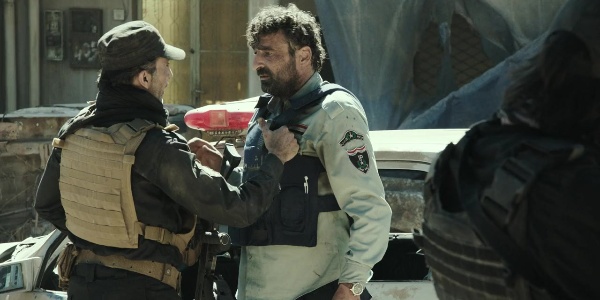The Artist Who Celebrates Bavaria’s Rural Heritage With Elegant Cow-Dung Paintings
Werner Härtl’s works have the warm tones of Renaissance-era sepia drawings, the monochromatic beauty of early photographs, and a richness of detail that recalls prints by Albrecht Dürer. His preferred medium offers myriad expressive possibilities, is environmentally friendly, costs him nothing, and is abundantly available in the Alpine foothills the artist calls home. Härtl is an illustrator, painter, and sometime cowherd from Bavaria in southern Germany—and his materials include cow dung. Viewers whose amused fascination with his work stops at the stuff on the picture plane are missing the point of his “Kuhmistkunst,” or cow-dung art. Härtl’s artistic use of excrement reflects all he holds dear.
Atlas Obscura spoke with Härtl about agriculture, his surprising choice of painting supplies, and choosing a rural life.
Why do you make cow-dung art?
I was working as a farm helper and I realized that cow dung had properties that would make it suitable for painting. Cleaning cow dung off of steel, tiles, and metal rods with a steam jet, I found that it’s a thick paste and really sticks. On wood or other absorbent materials, it soaks in and colors the surface. It has plasticity, too, so you can apply it thickly and give it a shape. So I took home a canister of liquid cow dung and experimented with it. I tried it on watercolor paper, other kinds of papers, cloth, canvas, wood, plastic, and metal. It immediately worked well on watercolor paper, which is slightly absorbent and can also support impasto techniques. I wanted to paint a picture called Bullshit that deals with things I consider to be bullshit: SUVs, Santa Claus, various company logos, and so on. Then I felt I’d like to paint beautiful things with cow dung, too. That brought me to the topic of old farmhouses, and I realized that the medium and the subject matter together made a type of statement.
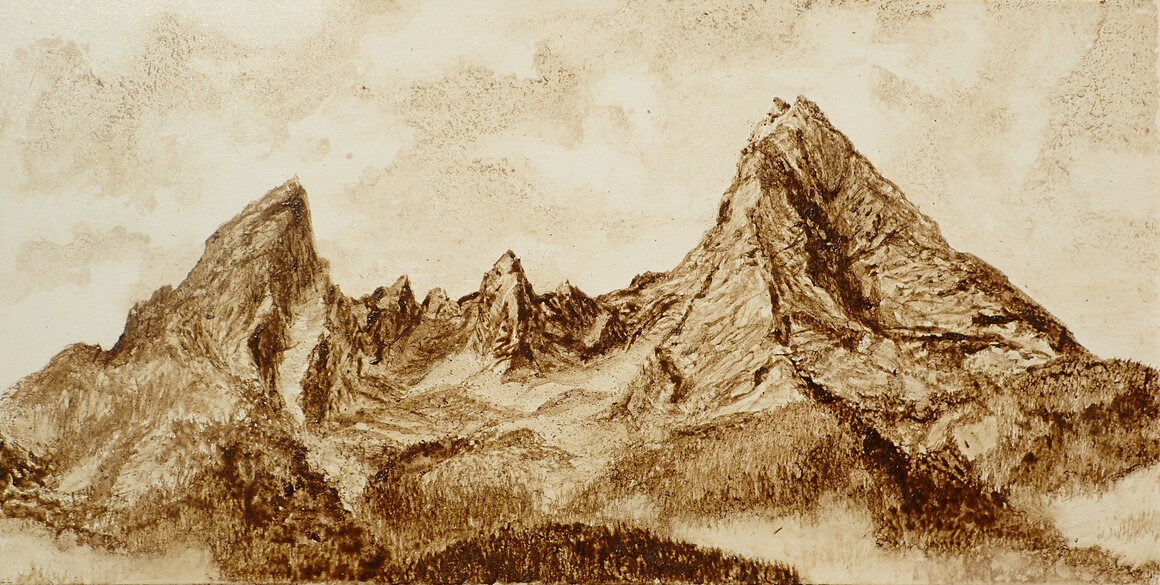
How exactly do you make a painting with cow dung?
It has a life of its own because of the structures, clumps, fibers, and foreign bodies in it. I need fresh cow dung because I need it in a workable state. I transfer the motif to my painting surface— usually canvas or thick watercolor paper—with a dry brush dipped in cow dung, shading very lightly for the outlines. The dung is liquid or thick; I can apply it impasto or dilute it with water for a very fine wash. I go from light areas diluted with a lot of water to areas that get stronger and darker, step by step. Whether or not I seal a painting with clear spray in the end depends on the painting surface I use and also on where the painting will be hung. But generally I don’t like to seal my paintings. If I do, it’s like a rubber glove; it keeps the cow dung at a “safe” distance from the viewer. It’s like watching a wild animal through a glass: A lion in a cage doesn’t have the fascination it would have if I was really standing in the savannah with the lion ten meters away from me. It’s important that the dung stays uncovered. The paintings don’t smell once they’re dry.
What role do cows play in Bavarian life?
I live in a part of Germany that’s called “Picture-Book Bavaria.” How long it stays that way remains to be seen, because the typical meadows and pasturelands of our landscape that make Bavaria so attractive are disappearing under the pressure to build. We have pastureland because this area is climatically not suitable for crop farming or fruit farming on a large scale, and milk and wood are the two pillars of our traditional regional economy. That’s why I absolutely associate the cow with pre-Alpine and Alpine farmland. For me, the cow is part of my home. It’s a sympathy-animal, it’s a powerful animal, it’s an animal that symbolizes our civilization.
Bavarian culture was mainly a rural culture until the 1950s and 1960s. A culture based on farming meant that it was also characterized by hardship, by the work that fed you. That system involving small production cycles had to be managed sustainably. Since the end of [World War II], everything has been industrialized and our way of life has no longer been sustainable.
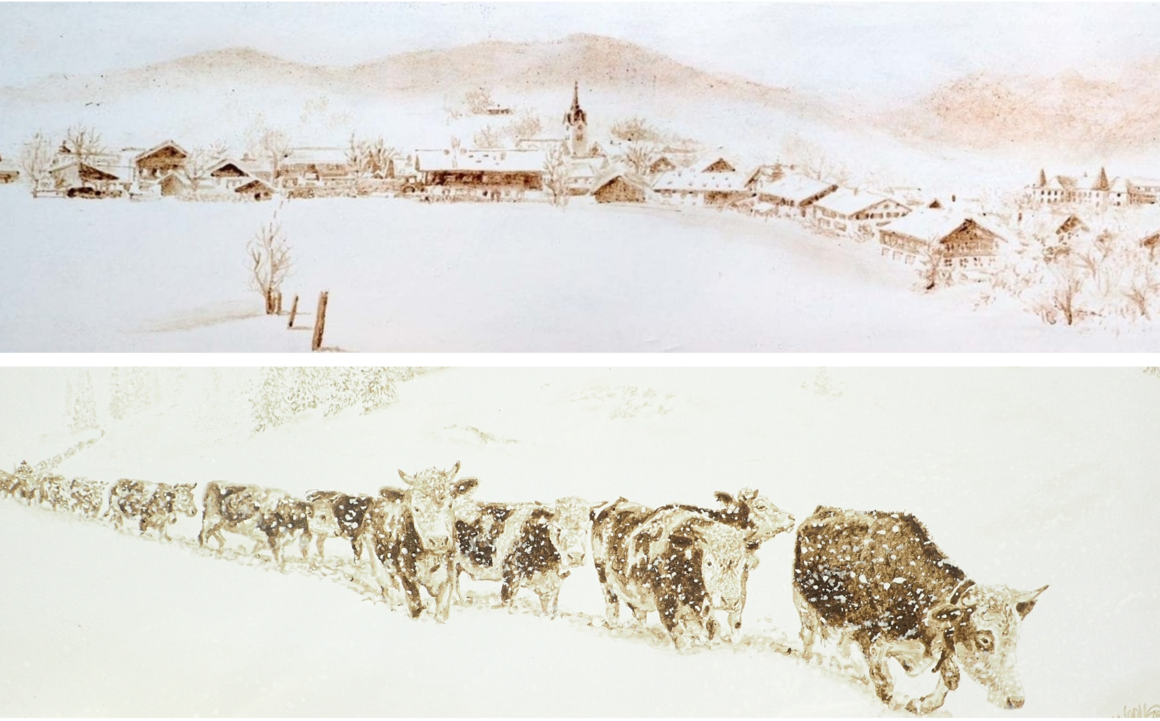
People point to the cow—whose excrement is a source of nitrates in drinking water, and whose belches and flatulence release methane into the air—as a source of environmental problems. Has the bovine become a scapegoat?
People don’t like to see themselves as the source of the problems. The cow hasn’t caused our problems, and neither have rural forms of agriculture, without which we wouldn’t exist. Industrialization is the problem. Factory farming is a problem for the producer, for the consumer, for animals, and of course also for the environment. Where can we put all the manure that intensive farming produces? We wouldn’t have that problem if there were small-scale farming structures throughout Germany. But those structures have unfortunately been lost, and it will take a lot of time and effort to get them back. Then again, I also see a lot of farmers who are managing to downsize, to make themselves independent of large commodities markets and also of banks that want to finance new barns or infrastructure investments.
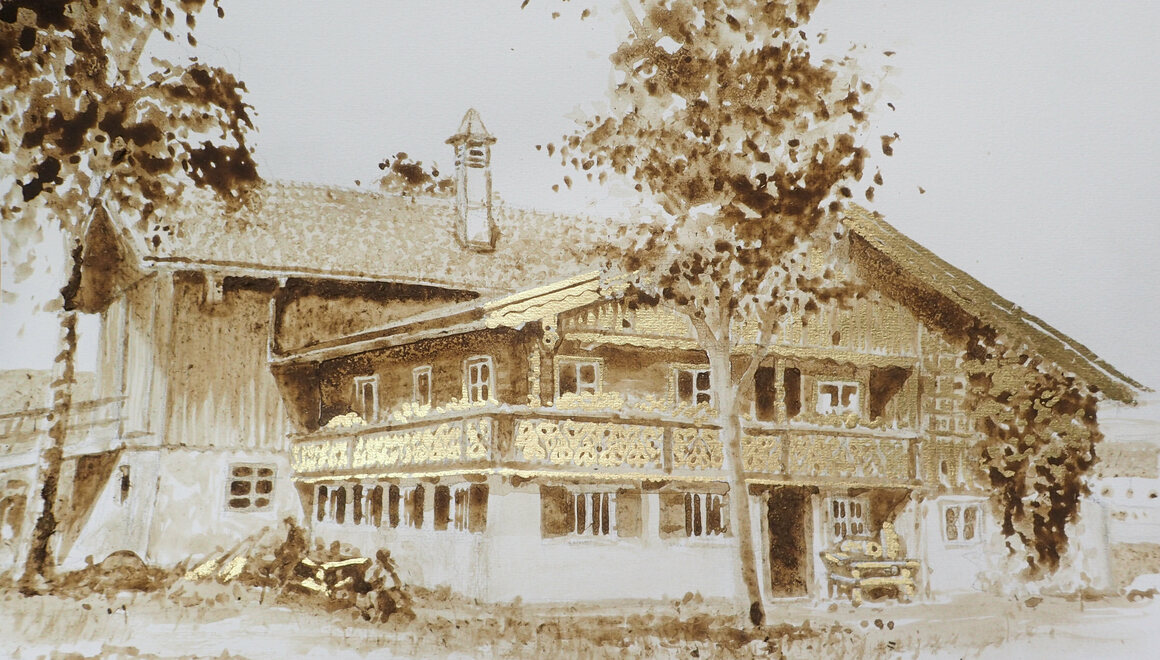
You’ve gotten some very harsh criticism for your cow-dung art. How do you feel about that?
The material has a polarizing effect on people, and that’s actually what an artist really wants: There’s discussion. It moves people. That’s the best thing you can have. If everybody thinks your work is good, if everyone says “thumbs up,” then there’s no basis for discussion.
But people’s interest in my cow-dung art has not only been superficial. Often, people who grew up in the countryside make connections from it to their own lives. They experienced farming firsthand during their childhood, or simply associate the images with vacation experiences. Some also relate the art to a turning point in their lives, like when they began to eat more consciously and think about things like the processes behind food production.
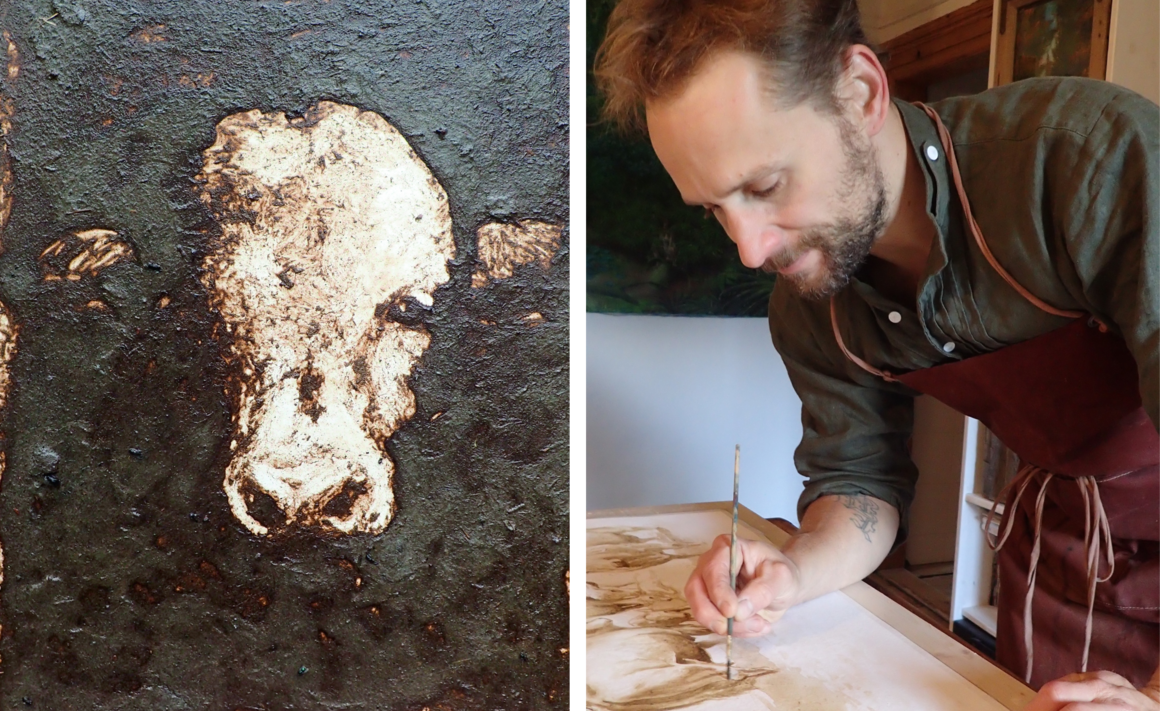
You work on a wide variety of subjects and use many different media and techniques. What place does your cow-dung work have in your heart and art?
It’s pretty much at the core. I can’t imagine living an urban life again, for example. I spent 15 years in Munich during my youth, in the hip-hop and graffiti scenes. I didn’t think much about where my food came from, and about what I consumed. In an urban environment, temptation is there all the time. I see that in rural areas, too, which are becoming more and more like a backdrop for the lives of wealthy people, for people who see moving to the countryside as a type of luxury. But the countryside is actually the place we need as a society to feed ourselves. Or as a place to calm down, to simply be human. To come back to ourselves, to air out, to be healthy, to rest, to be mindful. I won’t give that up anymore.
I’m also an illustrator. That’s my profession, and it’s become a digital profession and the computer a necessary evil. I have my Ipad with my program on it and a special pen and I create all my commercial work for clients that way so that I can make quick changes. But I think cow dung will play an increasingly important role in my future work. In the future, I will certainly try mixed media, working with contrasting materials. Using gold leaf mixed with cow dung has been one variation of that idea. Another could be mixing cow dung with packaging waste, for example, or combining it with neon paints—with something very artificial that is the opposite of the natural material.
As long as my hands don’t rot and fall off, I can do this for the rest of my life. No one can take that away from me. I don’t need electricity, I don’t need a huge studio or chemicals to clean brushes. I just need water, cow dung, and something to paint on.
This interview has been edited and condensed.
